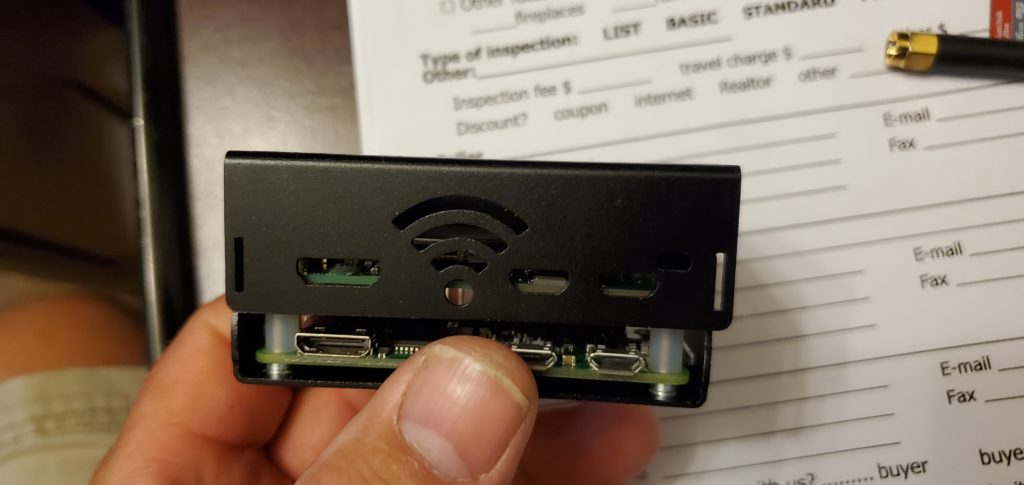

This step is well explained in my tutorial about a That being said, let's get started with the install. Measure the main voltage and a few intensities together with an ADC (Analog to Digital Converter)Ĭommunicate the results via mqtt to my home assistant server which runs on a pi 3B+ Its small size is perfect to fit in the electrical panel, and it won't have much to do: With its single core and its reduced memory, the pi zero should be dedicated to a single task, which is not too CPU intensive.įor example, I will use mine to monitor the power consumption of my house. One thing to keep in mind: the pi zero is just like a pi 3B+, but is much less powerful. I'm in no way affiliated with them, but they're reliable and have nice products, so they deserve a bit of advertizing! (10 euros for the W, 15 euros for the WH). This version is more suitable to the integration into an electronic circuit, but I'll have to solder the header myself if I want to experiment with a breadboard.

And as you can see, mine is a standard pi zero W. On the left, the pi zero WH has a pre-soldered GPIO header. The raspberry pi zero W comes in two flavours: The reason why we want to do this is that this very small board only features a few connectors:Īnd, if you're like me, you don't have the cables needed to connect a screen and a keyboard to the board for a standard installation.įlash an image of rasbian lite to a micro SD cardĬonfigure the connection to your wifi network, and enable ssh remote connectionīoot the pi and connect to it with ssh to finalize the installationīut before we get started, here is a bit more information about this board. Instead, you will connect remotely through ssh. In this post, you will learn how to perform a headless install of the board, which means that you will never use the pi directly. The raspberry pi zero W is certainly the cutest computer ever! It was released in February 2017, and boasts a very important feature with respect to the original raspberry pi zero:


 0 kommentar(er)
0 kommentar(er)
